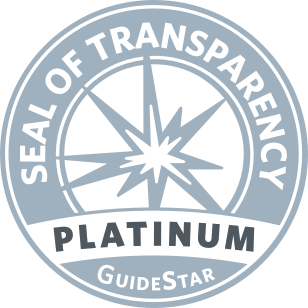Interim Results Released for USH2A RNA Therapy Clinical Trial
Research News
Suggestions of efficacy observed in 25 percent of participants receiving the treatment
ProQR Therapeutics, an RNA therapy developer in the Netherlands, has announced three-month, interim Phase 1/2 clinical trial results for QR-421a, an emerging treatment for people with Usher syndrome type 2A and non-syndromic retinitis pigmentosa (RP) caused by mutations in exon 13 of the USH2A gene. The company reported that the treatment was well tolerated and caused no serious adverse events. Also, 25 percent of patients receiving the treatment demonstrated improved vision.
In its news release, ProQR reported, “One of four treated patients in the low-dose group was classified as a responder, with onset of action observed by the three month visit. Benefit was maintained for six months or longer.” The positive response to the treatment was observed in both functional and structural measures. The responder in the low-dose group has Usher syndrome.
We are encouraged to see a favorable safety profile for the QR-421a trial as well as suggestions of improvement across three independent outcome measurements in each of the two responders. We look forward to further results to elaborate more on the initial efficacy signals.
The news release also said, “One of four treated patients in the mid-dose group was classified as a responder with onset of action observed by three months.” The positive response to the treatment was observed in several functional measures. The responder in the mid-dose group has advanced vision loss from non-syndromic RP.
The Foundation Fighting Blindness is investing up to $7.5 million through its RD Fund to move QR-421a into and through the early stage clinical trial. The RD Fund, a venture philanthropy fund, was established in 2018 to provide investments for promising retinal degenerative disease therapies that are in, or moving toward, early human studies.
“We are encouraged to see a favorable safety profile for the QR-421a trial as well as suggestions of improvement across three independent outcome measurements in each of the two responders,” says Brian Mansfield, PhD, executive vice president of research and interim chief scientific officer at the Foundation Fighting Blindness. “We look forward to further results to elaborate more on the initial efficacy signals.”
QR-421a is an antisense oligonucleotide (AON) — a small piece of genetic material — designed to mask exon 13 mutations in the RNA of USH2A. RNA are genetic messages that cells read to make proteins essential to their health and function. QR-421a enables retinal cells to skip over any mutation inside a region of the RNA called exon 13 when reading the USH2A RNA, enabling the cells to make functional protein that will hopefully halt or slow the disease process and vision loss. The treatment is administered through intravitreal injections.




